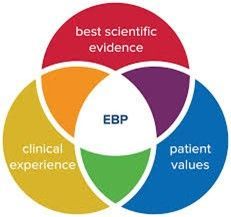A Long Term Approach to Child Welfare Care
Child welfare care in California is a tale of how governmental agencies tend to look at the short-term solution rather than the long-term plan. Here is an example:
In 2015, Governor Jerry Brown signed AB 403 into law. Known as the Continuum of Care Reform, the goal was to reduce the number of placements a child would have in the foster care system. Also, the bill wanted the child and their family to have as much of a voice in the process.
These principles were not new, but how the State of California administered them changed. As part of the Continuum of Care Reform, group homes for foster youth were to be converted into Short Term Residential Therapeutic Programs, or STRTP’s. Instead of warehousing youths for years who could be better served in foster homes or with family, the new STRTP’s would take youths with more severe emotional problems. Each facility had to develop new guidelines for its programs. All facilities, regardless of size, were to be considered for a new license from the Department of Social Services. However, many facilities decided to close or were denied their licensure. As it turned out, most of these facilities were small, 6-bed homes. As these small homes, they lacked the resources and clout of larger facilities who were handed their new STRTP licenses. Subsequently, many good programs closed altogether or sought different licensures.
Turn to 2018. The Federal Government passed the Family First Prevention Services Act (FFPSA). In it, the federal government, as with AB 403 above, required youths to be placed with their families and avoid being in the foster care system. But with this new legislation came the guideline for the Qualified Residential Treatment Program (QRTP). While similar to the STRTP above, it has one major distinction. If a facility has over 16 beds, it can be classified as an Institution for Mental Disease (IMD) by the Federal Centers for Medicare and Medicaid Services. If it is classified as an IMD, it may not be eligible for Medi-Cal funding which could jeopardize the care its youths receive.
The point here is that six years ago, larger STRTP’s survived as a result of the State’s unintended consequence of emphasizing larger programs over smaller ones. Now in 2021, this priority has turned out to limit these large facilities and favor smaller ones. If residential facilities are to be successful as placements for youths who cannot thrive in a home setting such as their parents or a foster home, more effort and thought must be given about what these homes will be in 10 to 20 years.
Praxes provides consulting and program development to behavioral health organizations, including STRTP’s. For more information, please contact us.




